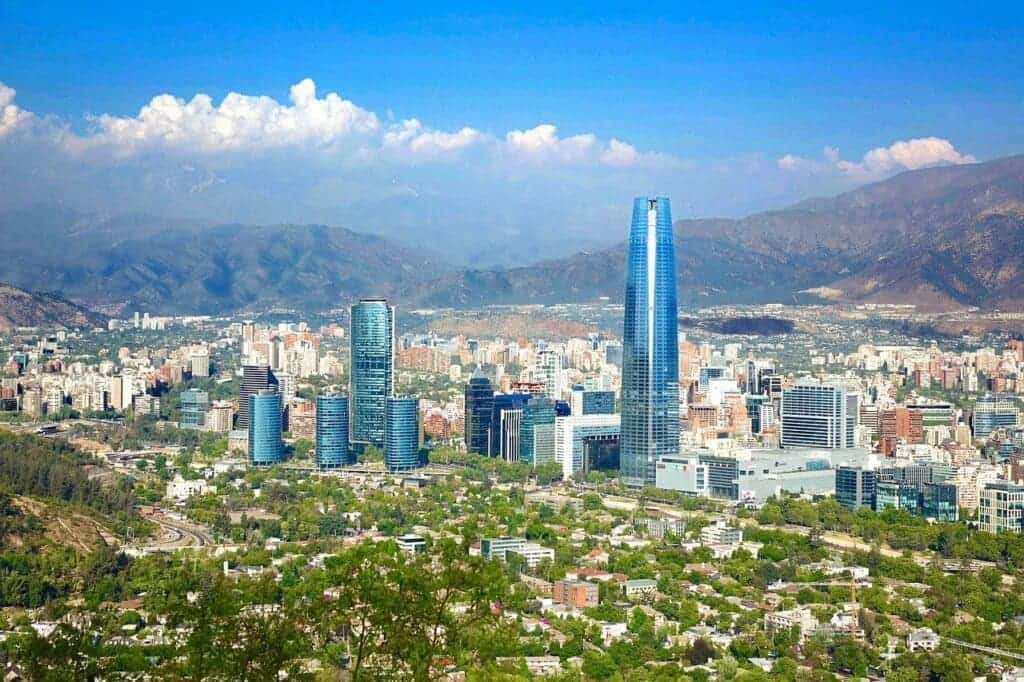In the grips of the worst drought Chile has ever seen, the country is taking drastic measures in its capital, Santiago de Chile.

According to the local governor’s office, the city of nearly 6 million will adopt a four-tier water-rationing system to make the most of its dwindling water supply. The announcement came on the tail of 13 years of severe drought, which has significantly reduced the quantity of water that the city has to draw from.
Glass half empty
“A city can’t live without water,” said Claudio Orrego, the governor of the Santiago metropolitan region, during a press conference. “And we’re in an unprecedented situation in Santiago’s 491-year history where we have to prepare for there to not be enough water for everyone who lives here.”
Officials in the city are setting up a four-tier alert system, going from a ‘green’ to ‘red’ level that is meant to conserve local water supply and ensure that all inhabitants get at least the minimum necessary access to water. At the lowest level of need, this will involve the dissemination of public service announcements to inform locals that they need to reduce water use as much as reasonably possible and prioritizing the use of groundwater.
The next levels — “Preventive Early Warning” and code “Yellow” — will involve gradually-higher restrictions on water pressure throughout Santiago de Chile. If all else fails, code “Red” will see the implementation of 24-hour water cuts, by rotation, for over 1.7 million households. These households were selected as they are supplied by the Mapocho and Maipo Rivers, both of which have seen dramatic decreases in inflow over the last few years. These two rivers bring the majority of the water used in the capital city.
Government estimates say that water availability in Santiago de Chile has dropped between 10% and 37% over the last 30 years, and is projected to drop another 50% in the northern and central areas of Chile by 2060 — a stunning decrease.
According to Chilean President Gabriel Boric, the Las Condes, Lo Barnechea, and Vitacura neighborhoods, three of the most affluent in the country, are most at risk as they consume the most water. According to a study from the University of Chile cited by officials, they exceeded the world average water use by four or five times.
That being said, areas of the city that draw water from sources other than these two rivers will be exempt from the cuts.
Whether the program is actually implemented or not will depend on precipitation levels during the winter, which is just now starting in the Southern Hemisphere, according to authorities. Water deficit measurements (in liters per second) will be used to determine whether water cuts are needed. Such cuts could take place every 12, 6, or 4 days as needed to maintain water supply, and would each affect a different area of the city in succession.
“This is the first time in history that Santiago has a water rationing plan due to the severity of climate change,” Orrego said. “It’s important for citizens to understand that climate change is here to stay. It’s not just global, it’s local.”









